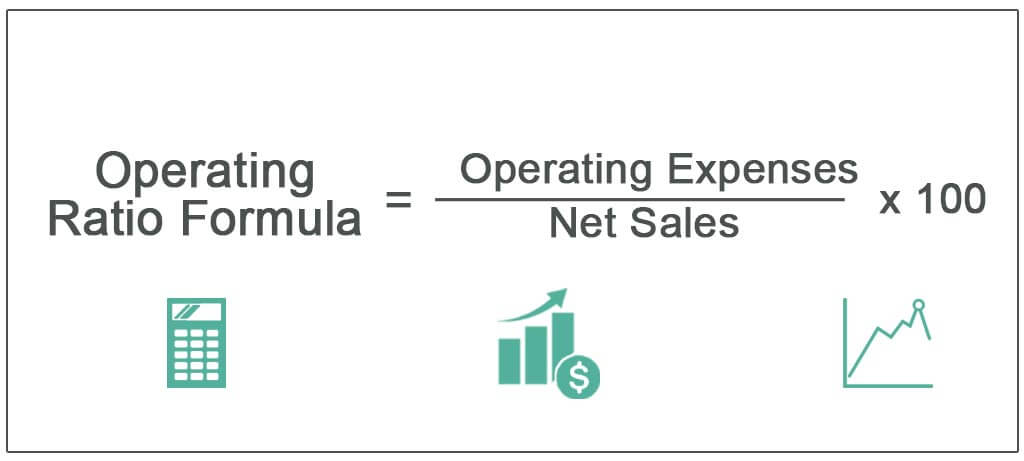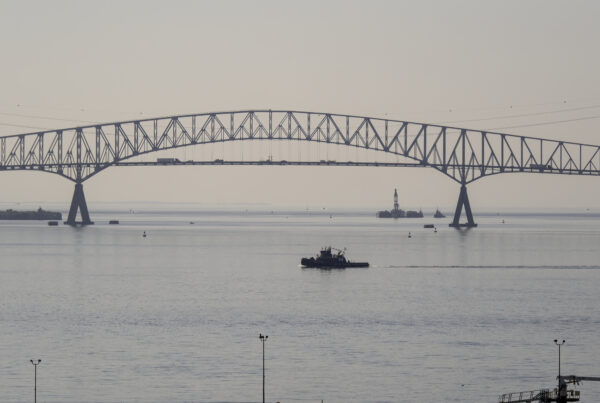Ocean freight capacity has opened up significantly over the last several months.
Congestion reduced globally while demand contracted, but the import volume decline has stabilized. As cargo flows have fallen off, ports were able to recover operational fluidity and sweeper vessels arrived to reposition empty containers in Asia. Due to freight rates’ sudden, and for carriers, traumatic return to ‘normality’, ocean carriers that enjoyed an extended period of seemingly unchecked pricing power now face the prospect of entering 2023 contract negotiations with a weakened hand.
Shippers will be in a strong position to negotiate contract rates in Q1 2023. Fitch sees a weak market for container shipping in 2023 and cautions that rates will not bounce back unless there is an event like an escalation of Covid lockdowns and port shutdowns in China.
Liner profits left FAANGs in their dust this year, but carrier executives at muted holiday parties the world over will be waxing nostalgic for the freight market that was. What is you favorite mournful sea shanty?
Still More Ebb Than Flow
Many of the smaller shipping lines that jumped into the Transpacific trade over the past few years have significantly higher operating costs due to the time charter rates locking in record contract rates during a more buoyant market while riding the spot market all the way down.
Capacity expansion and continued demand decline is not the formula for ocean carrier profit. With a potential rail strike in the rear view mirror as a result of government intervention, current concern falls on the Chinese economy and the uncertainties of moving away from Covid Zero policies. Carriers like Zim feasted on astronomical spot rates with a fleet of chartered vessels, but the business that pushed them to record profits is no longer there and they are already operating at a loss in some cases.
What is the number one tool in carriers’ toolbox to prop up spot rates and gain a stronger position to negotiate contract rates? The answer: blank sailing and vessel lay-ups.

Kind Reminder: A Blank Sailing Is…
A Blank Sailing (aka Void Sailing) is when an ocean line service operator cancels a call, skips a particular port or region, or possibly an entire leg on the scheduled route.
There are several reasons why blank sailings occur, and upholding schedule integrity is one of the most common.
Throughout the year, a liner follows a constant route on a fixed schedule, meaning it must complete the full rotation within a set time frame. If inclement weather, port congestion, or loading/unloading cargo delays a ship, it can become difficult for that ship to reach every port on the route while adhering to the agreed upon schedule. In these instances, the carrier may announce a blank sailing and skip whichever portion of the route is necessary to make up for any delays.
Port closures, strikes, and vessel repairs may also lead to blank sailings.
Intentional, planned blank sailings are used to control demand based on capacity and market conditions. The capacity issues caused by falling demand and reduced congestion are the main reason for the current sustained increase in blank sailings.
In its latest canceled sailings analysis, Drewry (A British Maritime research and consulting services) said between late November and early December, 14% of sailings have been canceled across major container shipping routes.
The carrier alliances showed discipline by collectively restricting capacity during the initial wave of Covid lockdowns in 2020. Again, they will need to follow the same principle of coordinated capacity restriction by blanking sailings and avoid a race to the bottom by trying to grab market share with rates below operating costs.
Overcapacity is Baked In
Since September, industry experts have been warning that there was no avoiding overcapacity.
“Slower sailing speeds to meet the International Maritime Organization’s (IMO’s) Energy Efficiency Existing Ship index (EEXI) will require additional global capacity to maintain service loops, but the size of the orderbook, combined with ships being released as port congestion eases, will result in an excess of capacity.”
Just to note: They have been ringing that warning bell for a long time, like, before the height of the pandemic in January, 2020, and even as far back as October of 2017.
Container Surplus
It’s not just ocean vessel capacity that’s increasing due to lower demand. While there was a shortage of containers at the height of the Covid pandemic. the long awaited repositioning of empties are overloading container depots. The container imbalance was caused by a slowdown in trade and repositioning of containers clogging port terminals. Now, long awaited sweeper ships, vessels dedicated to moving empty containers, have cleared long overflowing container terminals in the US and have boomeranged the problem back to China.
Lay Ups: Not a Slam Dunk
Although an estimated 10% of 2023’s available fleet capacity will be compelled to be pulled from service by the International Maritime Organization’s environmental regulations, set to be implemented from Jan. 1, there will still likely be a significant excess in shipping capacity.
There are elements of compliance with the new regulations that will boost the need for capacity. Slower sailing speeds to meet the IMO’s Energy Efficiency Existing Ship index (EEXI) will require more ships to service the same loop.
Laid up ships are ships, which are temporarily out of service.
There are two different categories for ships ‘laid up’:
- Hot Lay Up is when a ship is idle but can be brought back into service at short notice because a minimum crew is kept in place and critical life-saving equipment is kept in working order.
- Cold Lay Up is when the ship is taken out of service and is moored or anchored at a safe place with a minimum of electrical systems left running.
It is never good when you have to choose between “lose a lot” vs. “lose a lot less” and vessel lay ups illustrate the capital risk and boom and bust nature of the shipping market.
Will Freight Markets Stick The Landing?
The air market benefited greatly from supply chain disruptions and maritime congestion because shippers could no longer count on reliable transit times. The air market is continuing its descent as transport fluidity improves and more freighters come on the market, but in general air rates are comfortably above pre-pandemic levels.
Parcel service reliability has hit rates of on time performance not seen since pre-pandemic. With the imposition of steep rate increases is likely not sustainable in the face of falling volumes nationally. Now is a good time for shippers to negotiate more favorable rates even though a return to high service performance should command a premium, in fact it signals overcapacity.
Everyone needs a steady partner to help navigate spot rates, negotiate parcel contracts and anticipate blank sailings. At CargoTrans we have an expert team standing by, ready to save the day.
All you have to do is contact us.
— Shipping Magnate




